
The choice of lamps is often overlooked in decorating, but it plays a crucial role in the overall home atmosphere. The right light fixtures not only enhance the beauty of the space but also increase functionality. Here’s a detailed guide on choosing lamps based on your home style.
1. Determine the style of your home
Before choosing a light fixture, it is important first to define the style of your home. Each style has its own unique characteristics, and the choice of fixtures should be consistent with the overall design.
- Modern Style: Simplicity and strong lines are the core features of modern style. Choosing lamps with simple shapes and smooth materials, such as chandeliers and table lamps made of metal or glass, can perfectly fit the modern style.
- Scandinavian style: Scandinavian style seeks nature and simplicity, lamps should choose warm colors, and simple designs, such as wood and metal combination of chandeliers, and white or light-colored lamps, which can add a sense of warmth.
- Vintage Style: Vintage styles often incorporate historical elements and decorative details. Choose fixtures made of brass, carved designs, or antique bulbs to bring a strong sense of history to your space.
- INDUSTRIAL STYLE: The industrial style emphasizes ruggedness and raw texture. Exposed light bulbs, metal chandeliers, and pipe-shaped floor lamps are ideal for the industrial style, which is both functional and visually unique.
2. Lamp color and material selection
The color and material of the lamps have a great impact on the overall effect of the space. Choosing the right color and material can enhance the coordination and beauty of the space.
- Color: If your walls and furniture are more vibrant or dark in color, choose white, black, or metallic fixtures, which will avoid visual clutter. On the contrary, if the color of the space is more muted, you can choose lamps with brighter colors as the finishing touch to the space.
- Material: Wood, metal, glass, and fabric are common materials for lamps. Wooden lamps are suitable for natural and Scandinavian styles; metal lamps are more suitable for modern, industrial, and vintage styles; glass and fabric lamps are mostly used for romantic or vintage styles.
3. Selection of lamps for different rooms
Each room has a different function and the choice of fixtures should vary. Below are suggestions for selecting light fixtures for a few key rooms:
- Living Room: As the main activity space of the family, the living room needs bright but not harsh lighting. It is recommended to choose chandeliers or ceiling lamps with large area lighting, paired with wall lamps or floor lamps to enhance the layering and ambience of the space.
- Bedroom: Bedroom lighting should be soft to create a cozy and relaxing environment. Choose a chandelier or bedside lamp with a dimming function to adjust the intensity of light at different times of the day.
- Dining Room: Dining room lighting should not only illuminate the entire dining area but also create a cozy dining atmosphere. Chandeliers are the best choice for over the dining table, and the light should be warm and focused.
- Bathroom: Bathrooms need bright, waterproof fixtures. Choose a ceiling or wall light with a high waterproof rating to ensure safety and illumination.
4. Matching of lamps to the function of the home
In addition to aesthetics, the functionality of the lamps is also very important. When choosing lamps, the brightness of the light and the installation position of the lamps should be determined according to the actual function of the room.
- Reading Lamps: If you like to read in your bedroom or study, choose a desk or wall lamp with an adjustable angle to illuminate your books and work area.
- Decorative Lamps: If you wish to add a decorative touch to your space through lamps, consider using small table lamps, wall sconces, or decorative chandeliers, which can be used as a lighting tool as well as add a sense of artistry to the space.
- Smart Fixtures: For those looking to simplify lighting control, consider smart fixtures, which are controlled via your phone or voice assistant, making it easy to adjust the brightness and color temperature of the light.
Lighting psychology and the effect of light on mood
Lighting is more than just a functional requirement; it profoundly affects people’s psychology and emotions. The intensity, color, angle, and distribution of light can change a person’s mood and behavior. Understanding the psychology of lighting and the impact of light on mood can help us better design our home space and improve our quality of life.
1. Basic Principles of Lighting Psychology
Lighting psychology studies how light affects people’s mood, behavior, and cognition. Different light settings can not only change the visual perception of a space but also have a profound effect on the physiological and psychological state of the occupants. Here are some key concepts of lighting psychology:
Intensity of Light
High-intensity light: Bright light usually improves concentration and productivity and makes people feel more alert. This type of light is often used in offices, kitchens or study areas.
Low-intensity light: Soft light is more relaxing and helps create a warm and cozy atmosphere. Low-intensity light is suitable for bedrooms or living rooms, especially at night, to help relax the mind and body and prepare for sleep.
2. The effect of light on mood
The effect of light on mood is subtle but very powerful. By adjusting lighting, we can effectively influence and manage emotions.
The direct link between light and mood
Bright Light Boosts Positive Mood: Bright light enhances people’s emotional responses, making them more energized and positive. On sunny days, people usually feel happier and more motivated because the light from the sun stimulates serotonin production in the body, boosting mood.
Soft light promotes relaxation: Soft light is better suited for environments that require relaxation, such as the bedroom or bathroom. This type of light reduces arousal and helps relieve stress and anxiety.
Light Colors and Mood
Effects of blue light: Blue light suppresses melatonin production, keeping people awake and alert. Although blue light is beneficial during the daytime and can help improve work efficiency, overexposure to blue light at night (e.g., looking at cell phones and computers) may lead to insomnia or decreased sleep quality. Therefore, you should reduce the use of blue light at night and switch to warm-toned light sources.
Red light and warm light: Warm light, such as red or orange light, creates a cozy atmosphere and helps to relax the mind. Red light is also believed to help enhance emotional connections and increase the intimacy of human interactions.
Light changes and mood swings
Dynamic light effects: Dynamic light changes (such as dimmable or smart fixtures) can mimic changes in natural light and help regulate the body’s biological clock. Studies have shown that gradually dimming light helps people fall asleep faster, while gradually brightening light makes it easier to wake up.
Flickering light and anxiety: Unstable light sources or flickering light can trigger feelings of anxiety and tension, and can even affect a person’s vision and mental health. Therefore, when choosing light fixtures, you should try to avoid choosing light sources that strobe heavily and ensure the stability of the light.
3. How to use lighting psychology and the influence of light on emotions in the home
Based on the principles of lighting psychology and the influence of light on emotions, we can make corresponding adjustments in home design to create a more comfortable and healthier living environment.
- Dimmable lamps: Using dimmable lamps in the bedroom allows you to adjust the intensity of light as needed, creating a soft light atmosphere that helps you fall asleep and relax.
- Warm Bedside Lamps: Choose bedside lamps with a low color temperature to provide a soft, warm light that will help you relax at night and help your body get into a restful state.
Improve efficiency in your workspace
- High Color Temperature Light: Using a cool, high color temperature light source in your study or office can help improve concentration and productivity and keep you alert.
Evenly Distributed Light: Ensuring an even distribution of light in the workspace reduces glare and shadows and prevents eyestrain. - Multi-Layered Lighting: Create a multi-layered lighting effect with a combination of chandeliers, wall sconces, table lamps, and floor lamps to provide enough light while adding a sense of layering and comfort to the space.
- Warm-toned light sources: Using warm-toned light sources, such as orange or yellow light, can enhance the emotional connection of family members and create a warm and harmonious atmosphere.
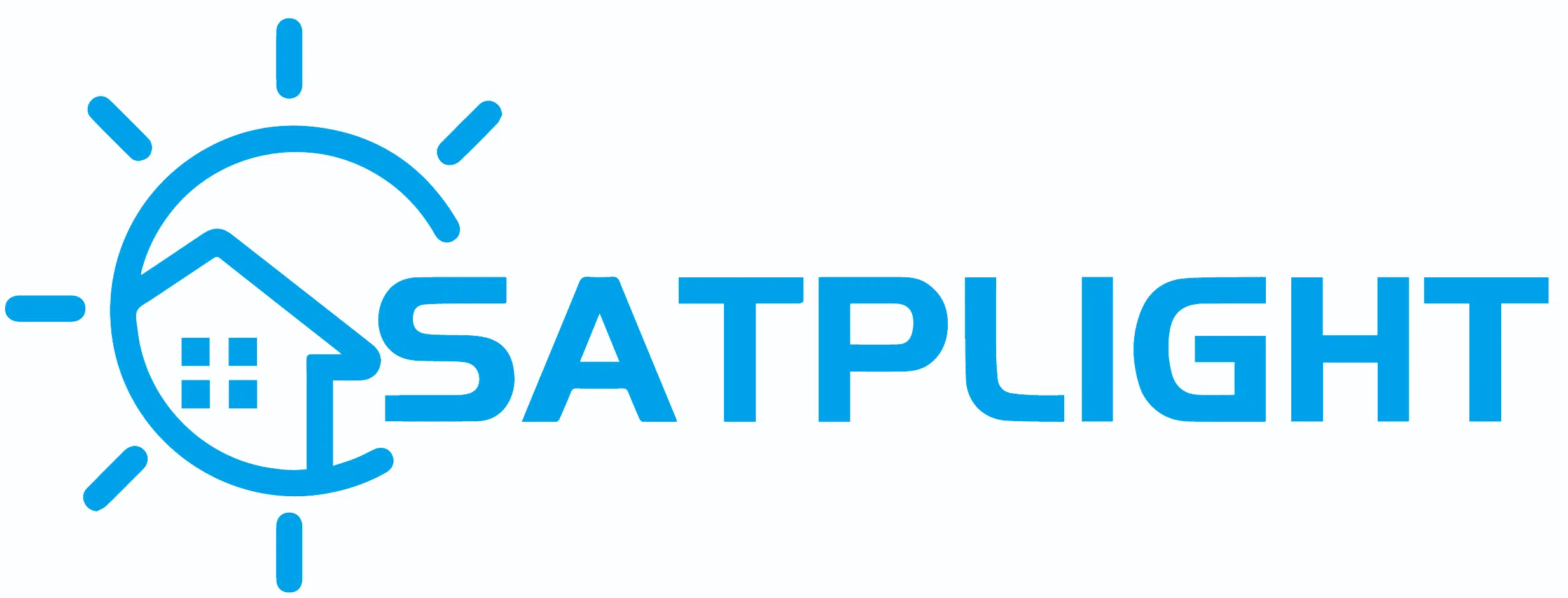

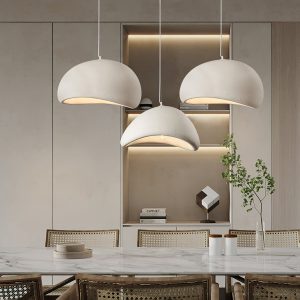
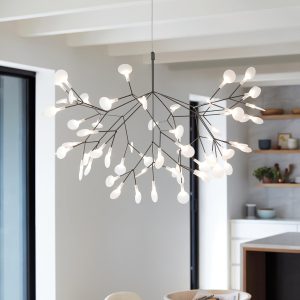

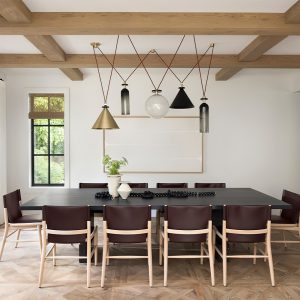
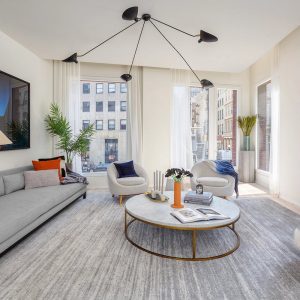
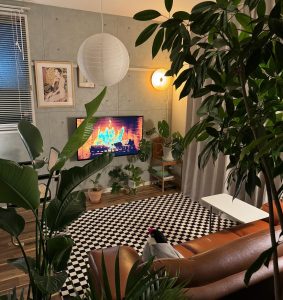
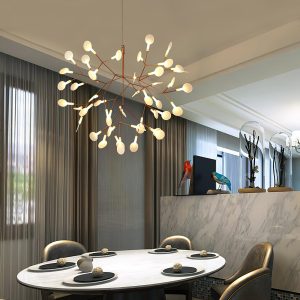
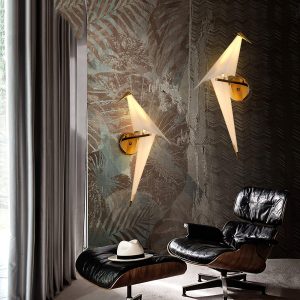
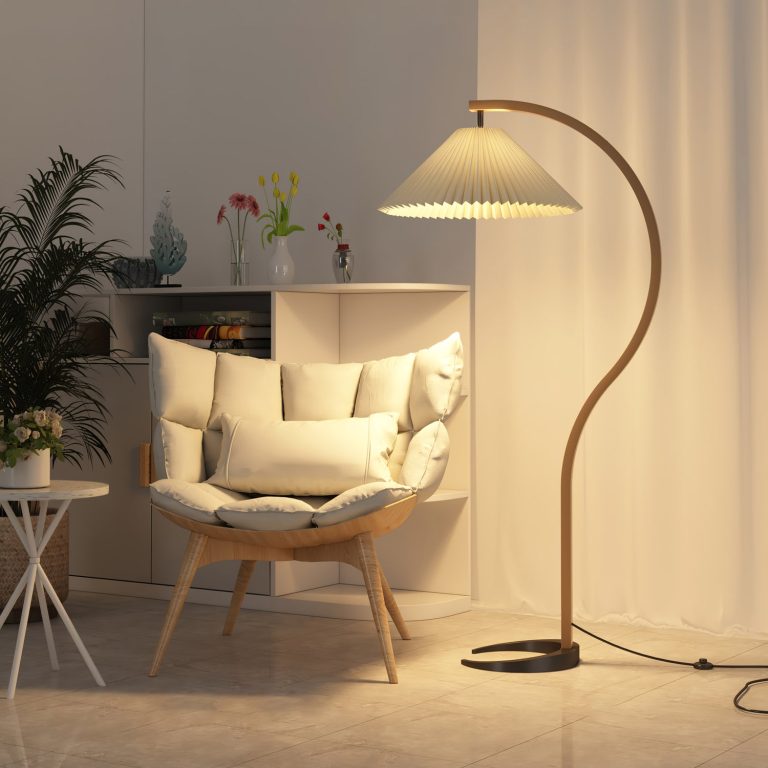
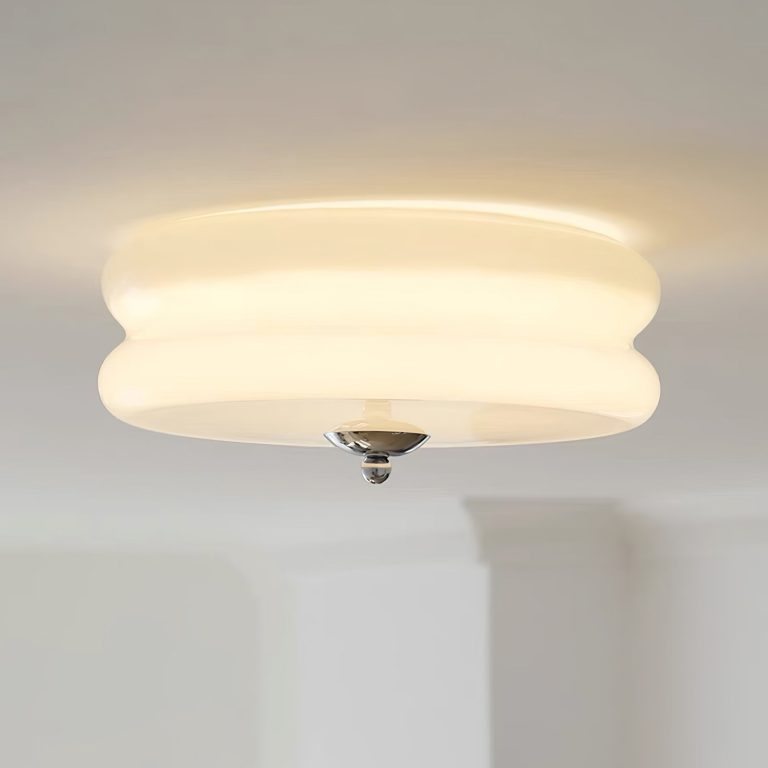
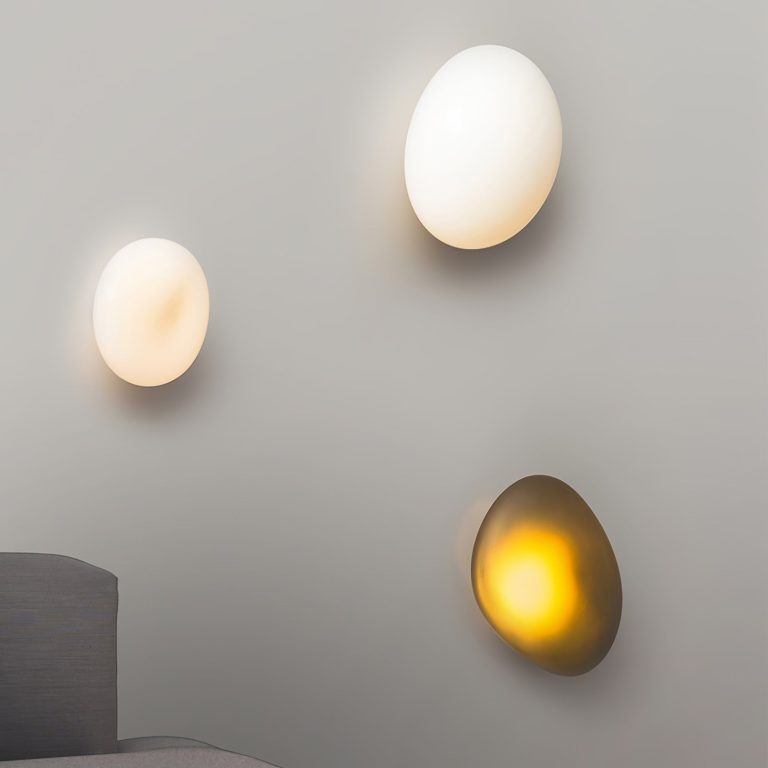
Muchas gracias. ?Como puedo iniciar sesion?